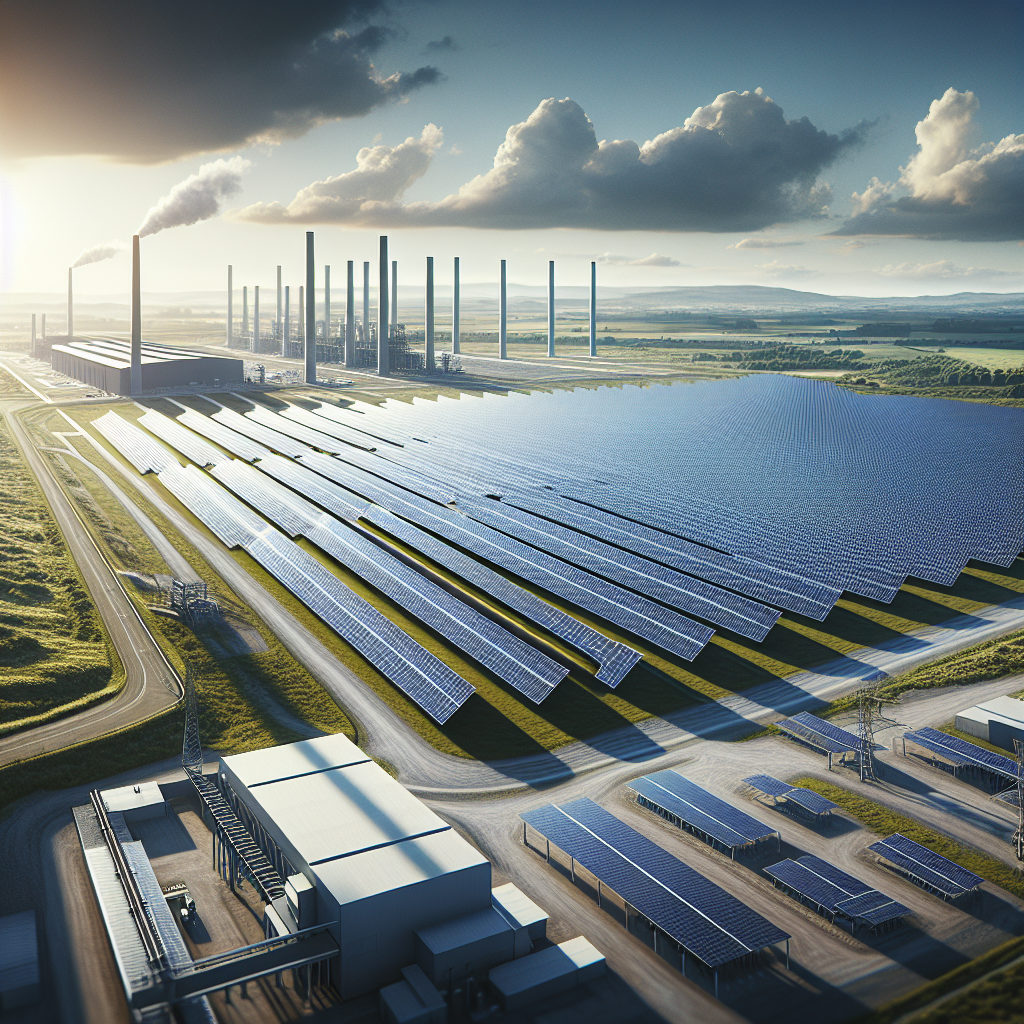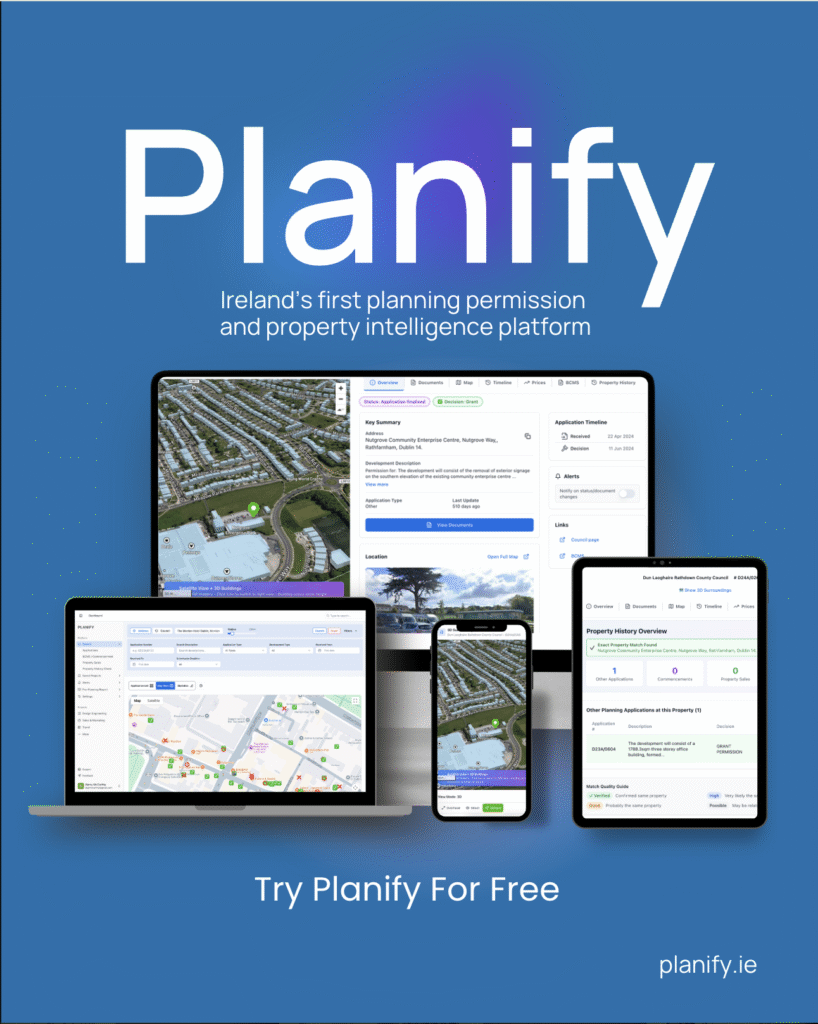Housing prices in Ireland have surged by 8.2% in the 12 months leading up to May 2024, according to the latest data. This significant increase highlights the ongoing challenges in the Irish housing market, driven by a combination of high demand, limited supply, and rising construction costs.
The Central Statistics Office (CSO) reported that the national average price for a home now stands considerably higher than it did a year ago. This trend has been particularly pronounced in urban areas, where demand for housing continues to outstrip supply.
Factors Driving the Increase
Several factors are contributing to the rising housing prices in Ireland. One of the primary drivers is the imbalance between supply and demand. Despite government efforts to increase housing stock, the number of new homes being built has not kept pace with the growing population and the increasing number of households.
Additionally, construction costs have been on the rise. The price of building materials has increased significantly due to global supply chain disruptions and inflationary pressures. Labour shortages in the construction industry have also contributed to higher costs, as developers struggle to find skilled workers to complete projects on time and within budget.
Government Initiatives and Challenges
The Irish government has implemented several initiatives aimed at addressing the housing crisis. These include the Housing for All plan, which aims to deliver 33,000 new homes annually by 2030, and various schemes to support first-time buyers and affordable housing projects.
However, these measures have faced several challenges. Planning permission delays, local opposition to new developments, and the complexity of the regulatory environment have all slowed the pace of new housing construction. Additionally, the COVID-19 pandemic has exacerbated these issues, causing further delays and increasing costs.
Impact on Homebuyers and Renters
The rising housing prices have significant implications for both homebuyers and renters in Ireland. For prospective homebuyers, the increased prices mean that saving for a deposit and securing a mortgage has become more difficult. This has particularly affected first-time buyers, who often struggle to compete with investors and cash buyers in the market.
Renters are also feeling the impact, as rising property prices often lead to higher rents. This has resulted in increased financial pressure on tenants, many of whom are already facing high living costs. The lack of affordable rental properties has also contributed to a rise in homelessness, as more people find themselves unable to secure stable housing.
Future Outlook
Looking ahead, the outlook for the Irish housing market remains uncertain. While the government continues to invest in housing and implement policies to boost supply, the challenges of rising costs and regulatory hurdles persist. It remains to be seen whether these efforts will be sufficient to address the underlying issues and bring housing prices under control.
In the meantime, the housing market is expected to remain competitive, with high demand and limited supply continuing to drive prices upward. For homebuyers and renters alike, navigating this challenging landscape will require careful planning and consideration of all available options.
Conclusion
The 8.2% increase in housing prices over the past year underscores the ongoing challenges facing the Irish housing market. With demand outstripping supply and construction costs on the rise, both homebuyers and renters are feeling the pressure. While government initiatives aim to address these issues, significant obstacles remain. The future of the housing market will depend on the ability to overcome these challenges and create a more balanced and sustainable housing environment in Ireland.







